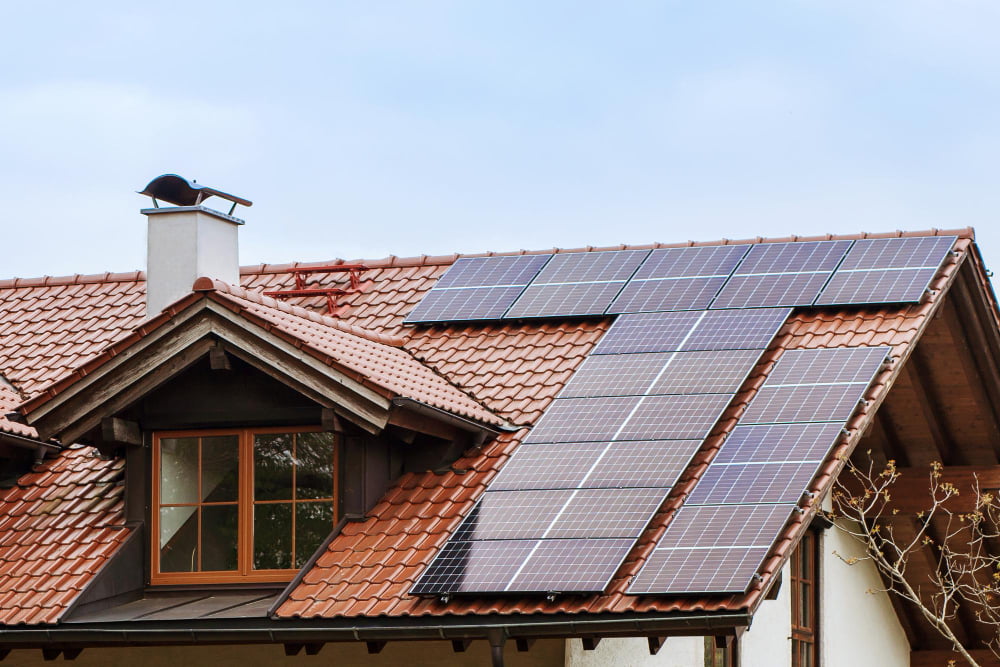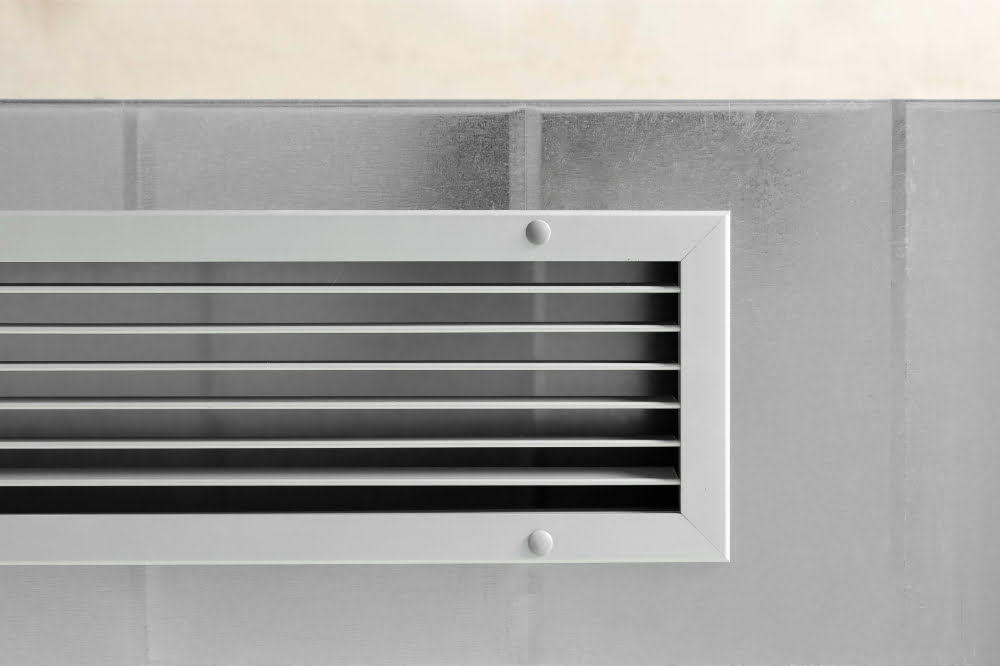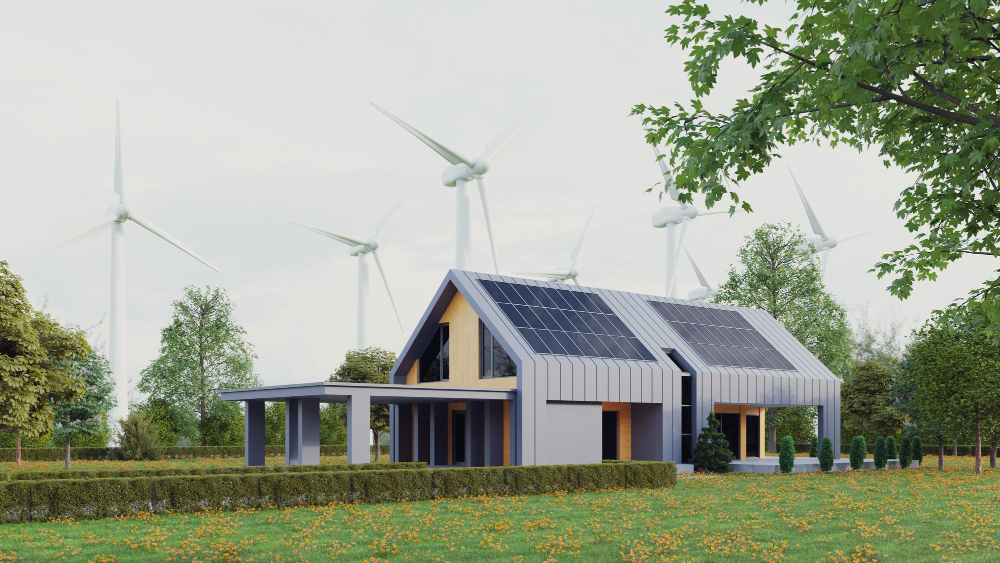Last updated on
No one wants to endure the blistering cold of wintertime. And while there are a plethora of home heating options available in the market, not all of them leave the air around them in a pristine state—nor do all of them keep your electricity bill at reasonable levels.
If you’re concerned about your environmental impact but still want to remain snug indoors, worry not. There are, in fact, several home heating solutions that are sustainable and don’t exhume harmful gaseous waste outdoors.
Many of the heating solutions also don’t cost much to run, making them a no-brainer choice if you want to reduce your carbon footprint and save a little extra each month.
Ready to take the plunge into a more sustainable lifestyle? Here are six sustainable home heating solutions that you should consider for your household.
Modern Wood Burners

Thrice as efficient as a standard wood fireplace, modern wood burners are an excellent choice for people who plan to use organic wooden material like firewood for heat. These advanced models are particularly compatible with high-quality firewood services, ensuring that the wood used is not only efficient but also environmentally friendly.
The key word here is “modern”. Past versions of a standard wood burner tend to release harmful gases like carbon dioxide and methane in large quantities.
This can irritate both human health and environmental health. It can also contribute to major climate destruction over time.
Fortunately, there are more sustainable wood burners in the market thanks to the intervention of environmental regulatory bodies, particularly the Environment Protection Authority (EPA) in the USA.
This organisation ensured that manufacturers of wood burners complied with the Clean Air Act standards. Over time, this led to more sustainable wood burners entering the market, boasting increased efficiency for people who rely on firewood to heat their homes.
Solar Heating

Solar power derives energy from the sun’s rays to fuel and power your home. Solar heating, in particular, uses this same renewable energy to keep your home warm and cosy.
There are two main types of solar heating: active and passive.
Passive systems consist of structures set in designated places to directly harness the energy from the sun. These structures must be placed in an area where there’s adequate insulation and ventilation for them to be effective.
Active systems, on the other hand, use special devices to convert the sun’s energy into something usable—such as heating for your home.
These heat-transfer devices utilise either an air suction system or a hydronic collector which gathers up and stores these resources and eventually puts them to use by distributing the heated air via electric fans or pumps.
While solar heating has a lengthier and typically more expensive installation process (particularly if your HVAC system is incompatible), it’s ideal for people who don’t want to rely on a fossil-fuel grid to power their homes.
It’s also good for people who want to keep their electricity bill on the lower end since you’re deriving energy from renewable resources.
Ducted Gas Heating

Another sustainable option for home heating is ducted gas heating. This home heating solution utilises a network of ducts and pipes to bring heated air into various zones or rooms.
Just like solar heating, this option can help you control the temperature in your house through one central device. What sets it apart, however, is that it doesn’t need to undergo a lengthy installation process to get it up and running.
While reverse cycle air conditioning costs less to install and put up, ducted gas heating prices over the long term are much cheaper in comparison. More specifically, ducted gas heating prices cost only 11c to 20c per kWh to run, whereas reverse cycle A/C costs 30c per kWh.
Furthermore, ducted gas heating gives you the freedom to heat and exclude zones as you wish. While the initial costs may be steep, the long-term worth of this particular home heating solution is on par or even cheaper than your standard reverse cycle temperature control solutions.
Pellet Stoves

Pellet stoves are similar to wood burners in that it heats a home by burning organic resources.
However, instead of firewood, these stoves are specifically designed to burn pellets—compact recycled materials made from wood shavings, sawdust, or agricultural waste. This removes the need for you to gather, chop, and store firewood.
Pellet stoves are a sustainable option since the pellets themselves produce minimal air pollution. They’re also more efficient for heating and can last up to six months to a year.
Furthermore, these pellet stoves come in a variety of shapes and designs, making them ideal for homes, small lofts, and apartments of varying room sizes.
Geothermal Heating
If your house has space for underground trenches and an extensive loop system, a geothermal heating setup could be a viable option for your household.
This heating solution taps into the Earth’s core temperature below ground, harnessing its natural warmth and eventually circulating that temperature around your household using the loop system.
The process goes as follows: a geothermal heat pump extracts heat from collector fluids underground. The fluids then get concentrated and eventually get released into the building in the form of heat.
While such a heating system can be costly to install, it pays for itself after two to four years, making it a great long-term solution for your heating woes.
Furthermore, you won’t be expending any resources or non-renewable resources, making it a great eco-friendly option.
Sustainable Space Heaters
If you don’t need year-round heating or are only staying in a small bedroom, space heaters are a good, portable option to keep you and the room cosy and snug.
While some space heaters can be energy guzzlers if used 24/7, you have the freedom to turn them on or off at will, making them ideal if you want a simple heating device that you plan only on occasionally using.
Plus, there are different types of heaters available in the market today. You don’t have to go for propane and non-renewable fuel space heaters if they don’t suit you.
Instead, you can opt for radiant and infrared space heaters. These space heaters use rays to generate heat directly to people and objects.
Another viable alternative is a ceramic heater. This heater uses a ceramic component that’s embedded into the fins of the product to produce instant heat.
Related reading:
Table of Contents





